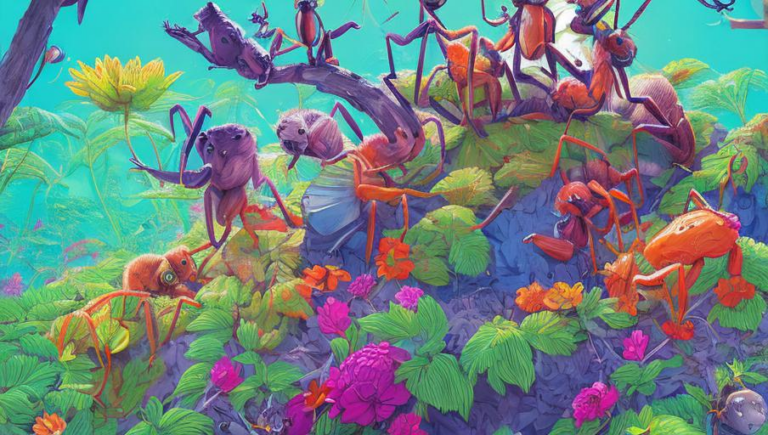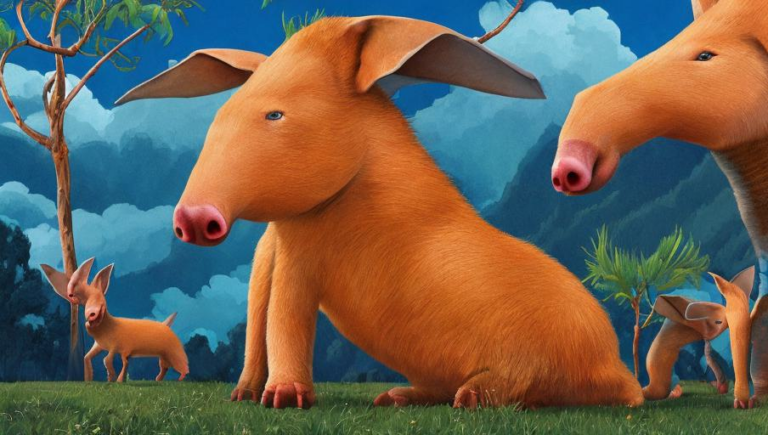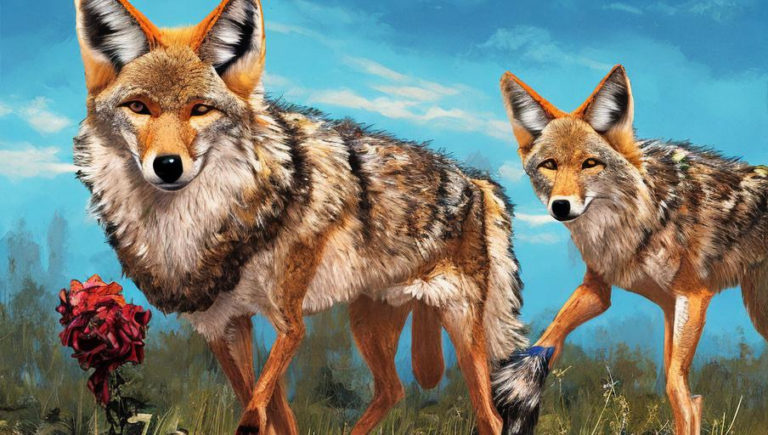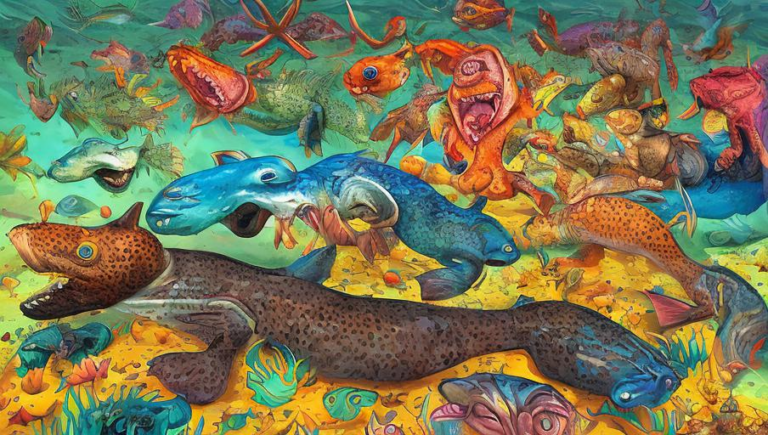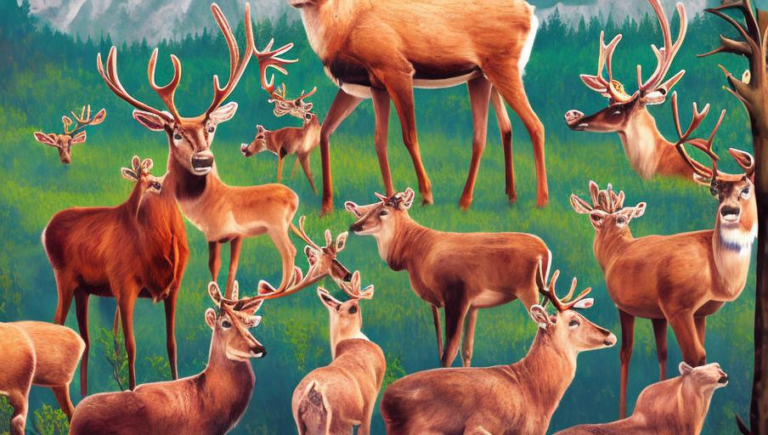Exploring the World of Anteaters
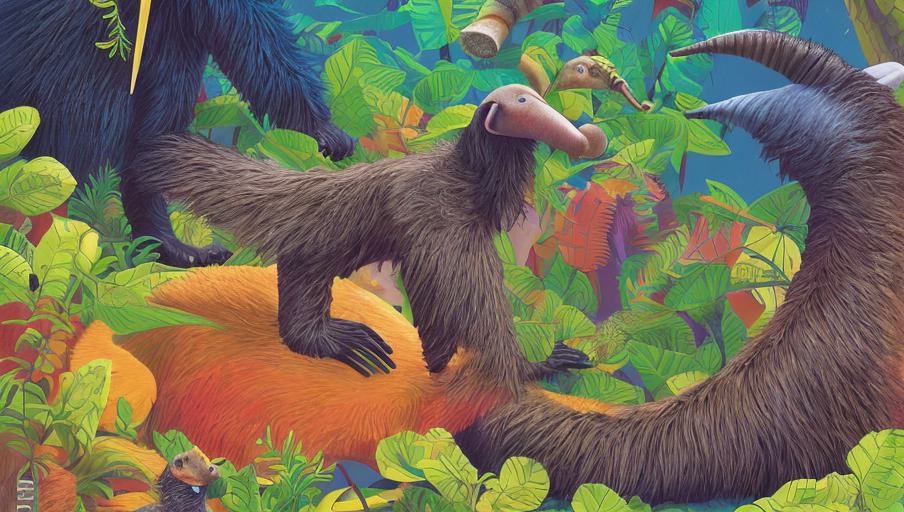
Introduction to Anteaters
Anteaters are fascinating creatures found in Central and South America that have adapted to their environment in remarkable ways. They are members of the Xenarthra order, and are closely related to armadillos and sloths. Anteaters have long, powerful claws that they use to hunt and capture their prey, as well as to dig and create burrows. With a long, tubular snout and a long tongue, they are able to eat ants, termites, and other small insects. There are four species of anteaters, and they are known to inhabit both tropical and subtropical forests.
Physical Characteristics
The four species of anteaters are the giant anteater, the silky anteater, the northern tamandua, and the southern tamandua. The giant anteater is the largest of the species, growing up to 6.6 ft long and weighing up to 99 lbs. It has a shaggy, grayish-brown coat and a long, tubular snout. The silky anteater is the smallest species, growing up to 8.3 in long and weighing up to 4.4 oz. It is covered in a yellowish-gray fur, and has a shorter snout than the other species. The northern and southern tamandua are similar in size and appearance, though the northern tamandua is slightly larger. They both have yellowish-brown fur and a shorter snout than the giant anteater.
Behavior and Diet
Anteaters are typically solitary animals, but they are known to form small groups during mating season or while foraging for food. Their diet consists mainly of ants and termites, though they will also eat other small insects. They use their powerful claws to dig into ant nests and termite mounds to search for food. Anteaters are also adept climbers and swimmers, and will use their claws and long snout to search for food in trees and water. They are nocturnal animals, and will sleep in hollowed-out trees or burrows during the day.
Habitat and Conservation
The four species of anteaters inhabit different areas of Central and South America, but all prefer environments with dense vegetation. The giant anteater prefers open grasslands and savannas, while the silky anteater prefers the dense rainforest. The northern and southern tamandua are found in both tropical and subtropical forests. All four species of anteaters are listed as Vulnerable or Endangered by the IUCN Red List of Threatened Species, primarily due to loss of habitat and hunting. Efforts are being made to protect their habitats and to reintroduce them into areas where they have been wiped out.
Conclusion
Anteaters are fascinating creatures that have adapted to their environment in remarkable ways. They are solitary animals, but form small groups during mating season or while foraging for food. They use their powerful claws and long snout to search for food, and prefer habitats with dense vegetation. All four species of anteaters are listed as Vulnerable or Endangered by the IUCN Red List of Threatened Species, and conservation efforts are being made to protect their habitats and reintroduce them into areas where they have been wiped out.
